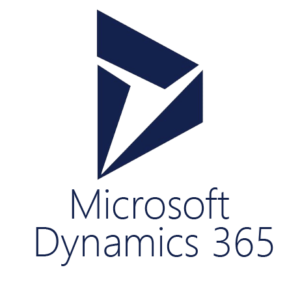Change – a fundamental part of NAV
As a NAV user since 2001 and having developed NAV add-ons for over 10 years, we've witnessed a lot of changes that have meant we've had to adapt the way in which our software works with NAV. Remember the change to the three-tier architecture, the RTC, client extensibility, NAV extensions, web client, universal app, private cloud hosted, managed service offerings, and most recently the announcement of Dynamics 365? Phew.
"We chose NAV because we wanted to customise it"
One of the founding principles of "Navision" following its launch in 1987 was that it was customisable. Users were able to modify the source code of the ERP system enabling them to develop the exact functionality they needed. Version upgrades were less frequent - every 4 years or so, and forced users to question whether existing customisations were still valid on the new platform. However, it was commonplace for customers to leap-frog versions meaning that updating customisations could happen less frequently. But when they did upgrade, it was very common for partners to re-implement customisations on the new platform. In the NAV community, this is commonly referred to as the "upgrade problem".

Weren't we just reinventing the wheel?
As time moved on and the user, partner and ISV community grew, add-on solutions have become more commonplace, helping to avoid "reinventing the wheel". Vertical add-ons are now the norm for customers wanting industry specific ERP, and horizontal add-ons that enrich the core NAV functionality such as BI or document management also became popular. Zetadocs and Zetadocs Express, for example, is used in over 5,000 sites around the world. With bought in add-ons, the onus is on the ISV to ensure the solution supports new versions of NAV, which helps simplify upgrades. Crucially, however the most popular add-ons allow partners to tailor the solution to meet each customer's specific requirements. When combined with a vertical add on, industry-specific document management solutions are possible.
Dynamics 365 - the new world
In 2016, Dynamics 365 was unveiled. Dynamics 365 for financials is based on NAV, but it's fundamentally different. Available as a subscription service it is simple to deploy with Microsoft looking after the running of NAV for you, including frequent updates. This multi-tenant world is great for consumers because it helps reduce the costs to operate, however it introduces some complications when it comes to customising NAV.

Modifying the ERP code, AKA traditional "customisations", is a non-starter on Dynamics 365. In a multi-tenant cloud environment, you're sharing the platform with other customers. Think about it - in your own home, you can choose your own décor, however when you're a guest in a hotel, the décor is chosen for you. A further complication is that as the platform is managed for you by Microsoft, the regular addition of new features and changes to the platform means that the upgrade problem is still a consideration. This is also the case for on-premises NAV since is moved to an annual release cadence with monthly updates.
In my next blog post, I’ll be looking more closely at NAV extension apps, which will add to Dynamics 365 capabilities. To receive this blog post before anyone else, click here.